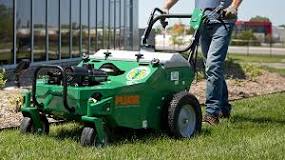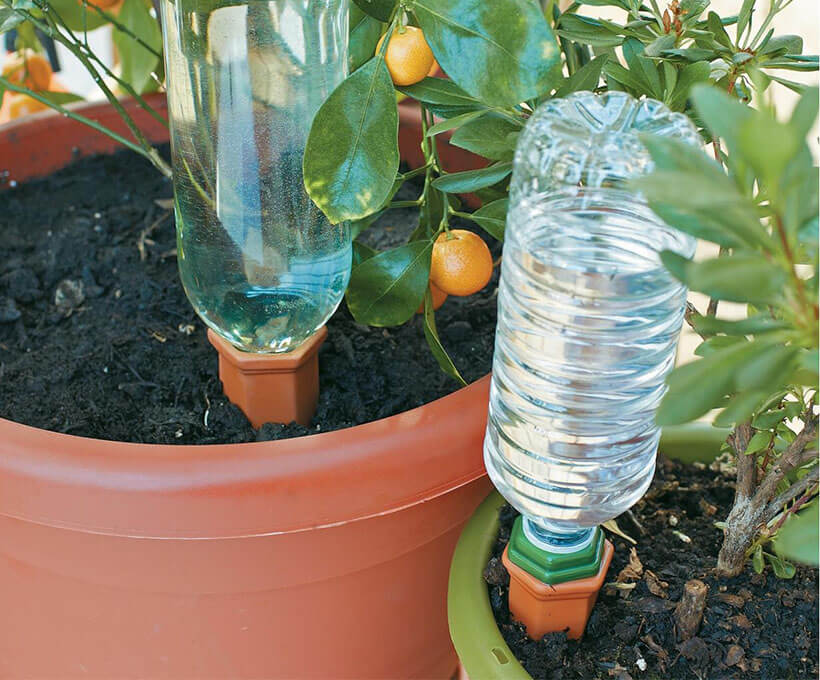So, when should you level your lawn? The best time to tackle this project is during the growing season—spring or early fall. This is when your grass is actively growing and can recover quickly from the disturbance.
Why Level Your Lawn?
Leveling your lawn isn’t just about aesthetics; it also serves a practical purpose. Here’s why you might want to consider it:
1. Improves Drainage
Uneven surfaces can lead to water pooling in certain areas, which can cause problems like mold or disease. Leveling helps ensure that water flows properly across your yard.
2. Enhances Appearance
Let’s be real—nobody wants a bumpy lawn. A level lawn looks neat and tidy, making your outdoor space more inviting.
3. Easier Maintenance
Mowing becomes a breeze when your lawn is level. You won’t have to worry about missing patches or scalping the grass on uneven ground.
When to Level Your Lawn
Now that you know why leveling is important, let’s dive into the specifics of timing.
Spring
Spring is a prime time for leveling because the grass is waking up from its winter slumber. Just make sure the ground isn’t too wet; soggy soil can lead to compaction.
Early Fall
If you miss the spring window, early fall is another great option. The temperatures are cooler, and there’s usually more moisture in the air, which helps with recovery.
Avoiding Summer and Winter
Steer clear of summer heat when grass is stressed and dormant winter months when growth halts. You want your lawn to bounce back quickly after leveling, and those seasons just don’t cut it.
How to Level Your Lawn
Once you’ve decided when to level, here’s a quick rundown of how to do it:
- Assess Your Lawn: Walk around and note any low spots or bumps.
- Choose Your Method: You can use topdressing with soil or sand, or even a leveling mix.
- Spread Evenly: Apply your chosen material over the uneven areas.
- Rake It In: Use a rake to spread it evenly and fill in those low spots.
- Water Well: After leveling, give your lawn a good drink to help settle everything in.
Summary
Leveling your lawn can make a world of difference in both appearance and health. Timing it right—during spring or early fall—ensures that your grass has the best chance of recovery. With proper assessment and application methods, you’ll be on your way to a smoother, healthier lawn in no time!
FAQ
How often should I level my lawn?
You don’t need to do this every year! Most lawns only need leveling every few years unless you’re dealing with severe drainage issues or heavy foot traffic that causes consistent unevenness.
Can I level my lawn myself?
Absolutely! It’s a DIY-friendly project if you have some basic tools like a rake and a wheelbarrow. Just make sure to follow the steps carefully for the best results.
What materials should I use for leveling?
A mix of topsoil and sand works well for most lawns. You can also find pre-mixed leveling compounds at garden centers if you want something more specialized.
Will leveling my lawn kill my grass?
Not if done correctly! Leveling during the growing season allows for quick recovery. Just be gentle and don’t overdo it in one go!







